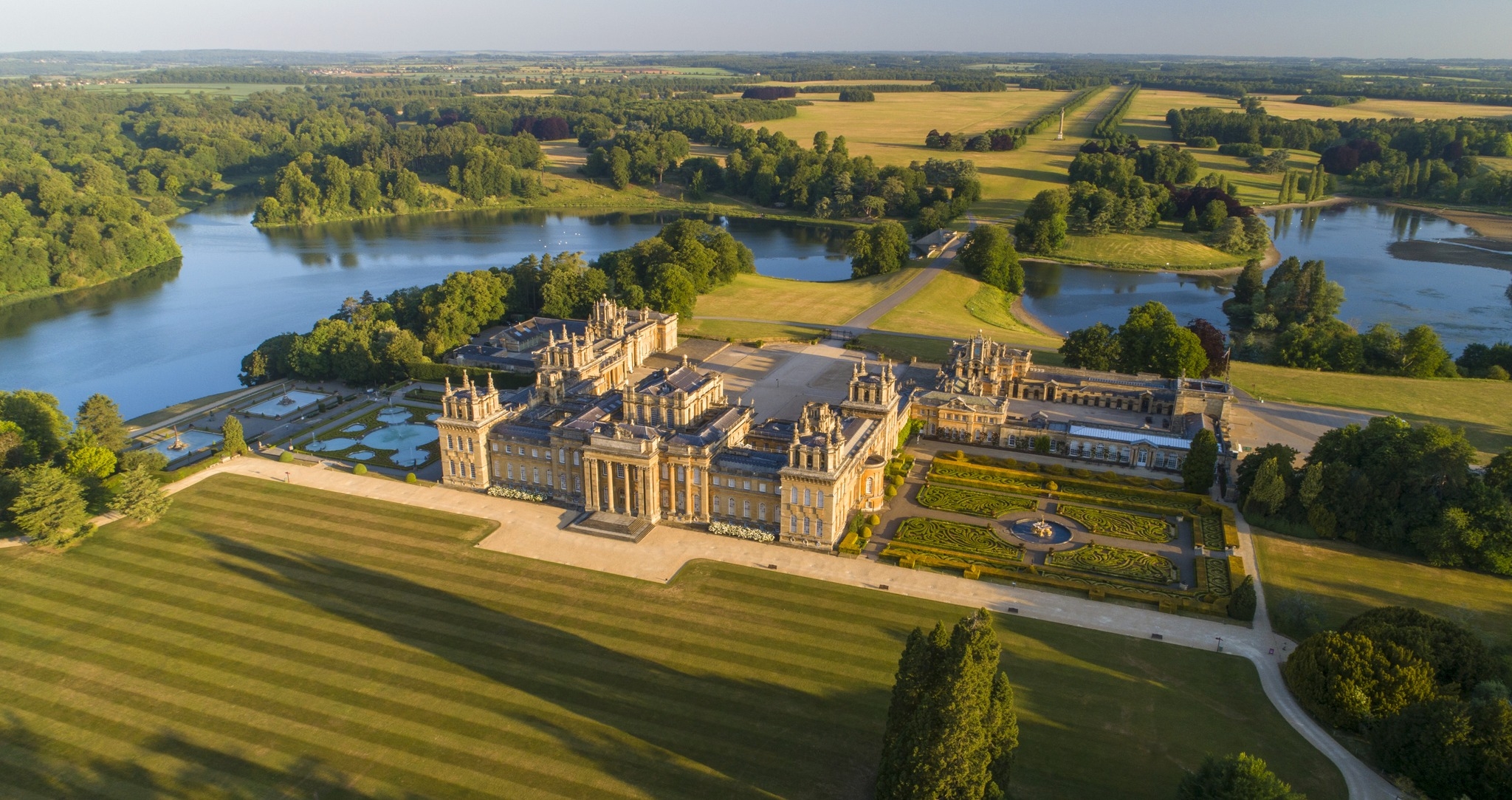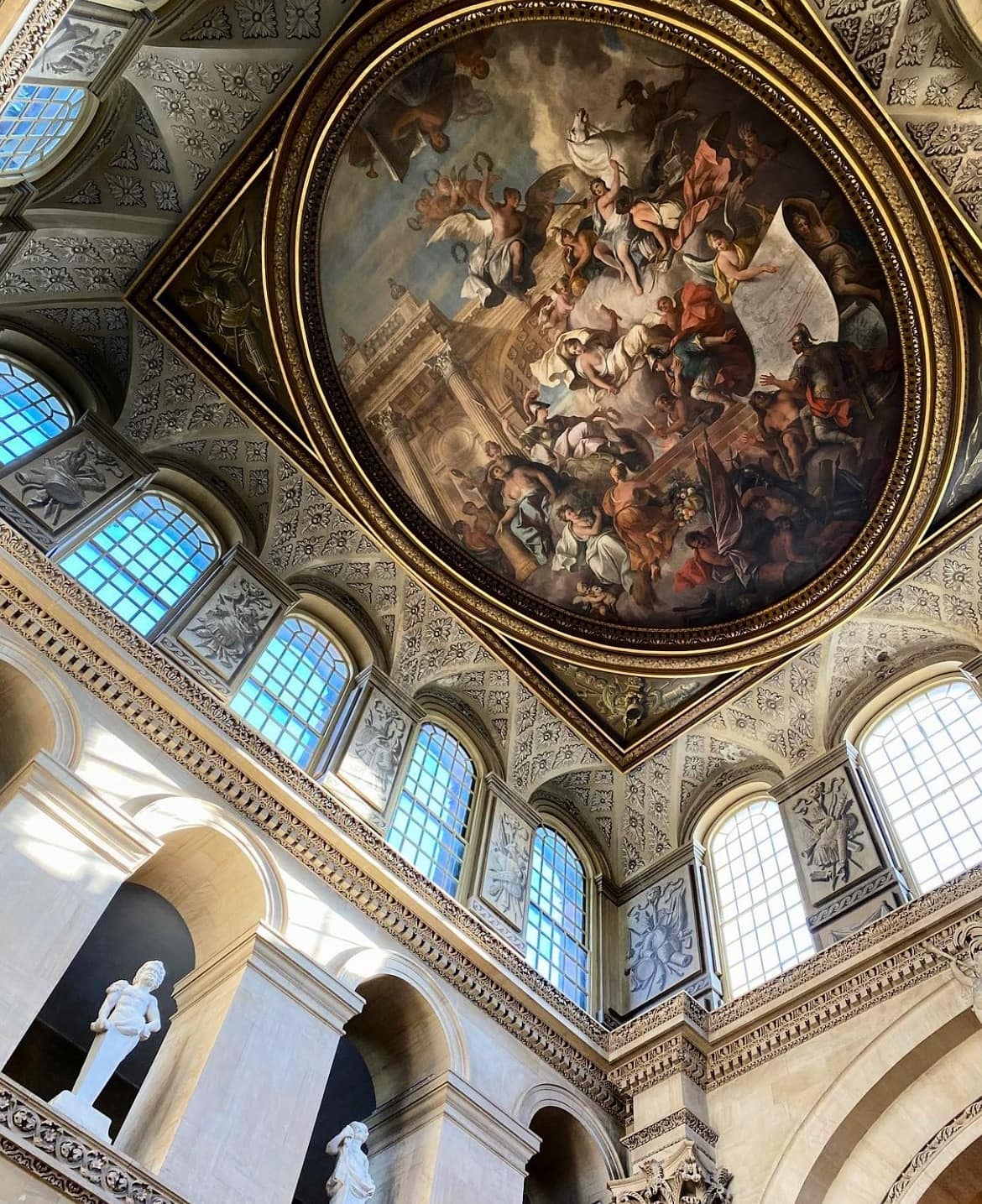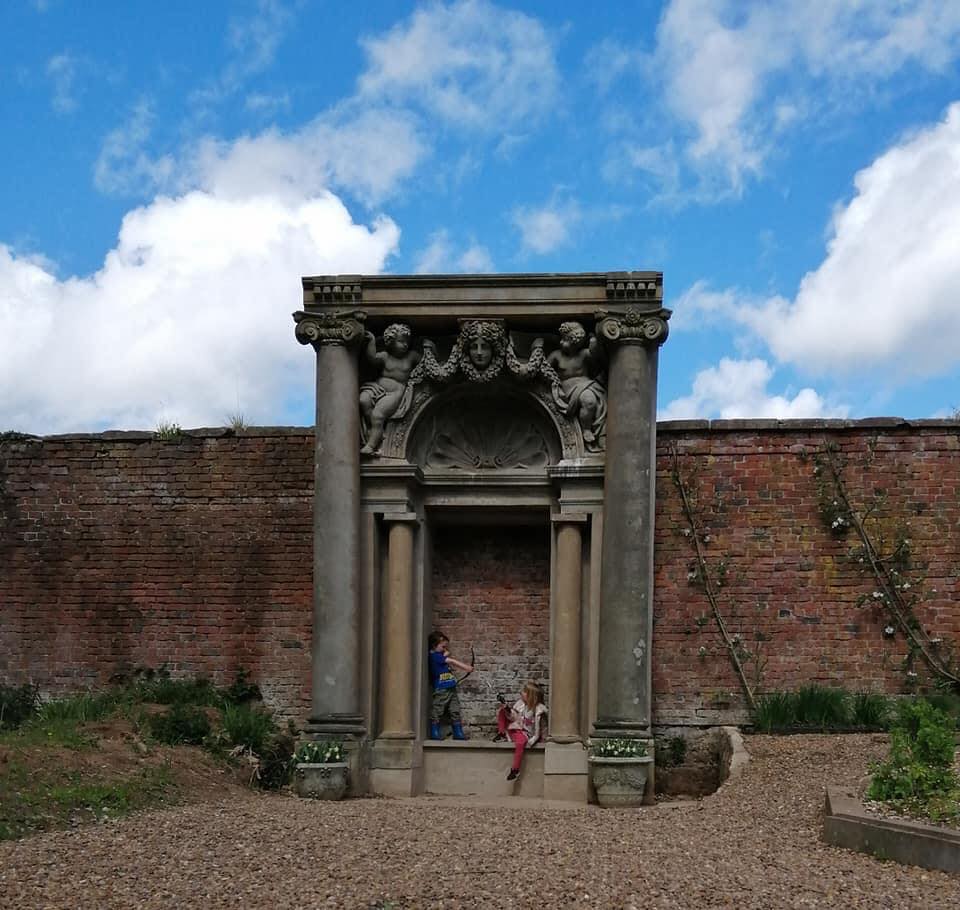Britain’s ancestral piles have had to move with the times. Nowadays it’s simply not enough to merely open up the state rooms. Today’s grand old houses have to offer something else to pull in the punters, and for the best of them that means focusing on fine art.
Our stately homes have always boasted a wonderful array of artworks, but they were often hard to find. Today these treasures are properly curated, and, increasingly, they’re supplemented by first class contemporary art. Our country seats are now go-to places to see today’s leading artists, rather than sleepy repositories for rusty armour and dusty antiques.
Seeing modern art in a stately home is far more fun than seeing it in a trendy gallery. The dramatic contrasts between old and new are arresting and intriguing. When these places were built, they were the latest thing, a forum for the leading artists of their own age, so it’s fitting that they should showcase contemporary art, alongside the Old Masters of yesteryear.
Blenheim Palace, Oxfordshire

Built 300 years ago to reward the Duke of Marlborough for his victory in the Battle of Blenheim, this magnificent pile is a UNESCO World Heritage site, a rare and precious example of English baroque. Home of the Churchill family for several centuries, it was the birthplace of Winston Churchill and, given his love of art, it’s apt that it’s become an arena for some of the greatest artists of the modern age, from Georg Baselitz to Ai Weiwei.

This summer’s exhibition is more conventional, but none the worse for that – a display of paintings by Winston Churchill and Paul Maze, Churchill’s close friend and fellow painter, whom he befriended in the trenches during the First World War.
Chatsworth House, Derbyshire

The seat of the Duke of Devonshire is one of the best places in the Midlands for fine art (where else can you see Rembrandt, Henry Moore, Edmund de Waal and Sean Scully, all under the same roof?) and this summer he’s mounting several excellent exhibitions. Living With the Art We Love is a selection from the Duke and Duchess’s personal collection, featuring pictures from their private quarters, but my favourite show is Freud at Chatsworth, a centenary tribute to the late great portrait painter, featuring several portraits of the Devonshire family (the Devonshires were good friends and devoted patrons of Lucian Freud). The most spectacular event is Burning Man – a dozen sculptures strewn around these landscaped grounds, inspired by the annual festival of the same name in the Black Rock Desert in Nevada.
Dumfries House, Ayrshire

Built in the 1750s by the Adam brothers, and exquisitely furnished by Thomas Chippendale, this Palladian country house was a family home until the 1990s. When it was put up for sale, it seemed its unique collection would be broken up and dispersed, but then the Prince of Wales stepped in and saved it for the nation. Dumfries House now provides training and employment for young people (invaluable in an area where old industries like mining have died), but the Prince’s foresight and leadership also saved its contents from destruction. During the 19th Century, Chippendale’s classical style fell out of fashion and, in more prosperous stately homes, his interiors were torn out and replaced. Because Dumfries House was relatively modest, his original designs survived, so the rooms still look just the same as they did in the 18th Century.
Harewood House, Yorkshire

While the National Trust has taken all the flack for addressing its colonial heritage, Harewood House has tackled this tricky issue with a lighter, defter touch. Harewood’s approach is bold and brave, but the result feels pitch perfect. It doesn’t try to hide its imperial origins, but it’s just one part of the package. Yes, Harewood House was built by Edwin Lascelles, the first Baron Harewood, with the wealth he accrued as a plantation owner in the West Indies, but today it’s most notable as a venue for progressive art. This year’s Harewood Biennial, called Radical Acts – Why Craft Matters, is a group show of new work by up and coming artists, focusing on environmental issues, amid Robert Adam architecture and gardens by Capability Brown.
Paxton House, Berwickshire

A few miles from Berwick-upon-Tweed, just across the border into Scotland, this understated stately home doubles as a splendid museum of Scottish Art. Patrick Home, who built the house (in a futile attempt to woo a Prussian heiress), went on the Grand Tour in 1748, and returned home with crates of paintings, which remained unopened when he died. This Italianate collection has been supplemented (and eclipsed) by loans from the National Gallery of Scotland: most notably the perceptive, penetrating portraits of Allan Ramsay and Henry Raeburn, and the dynamic paintings of Scottish Colourist Samuel Peploe. Built by James Adam, with interiors by Robert Adam and furniture by Thomas Chippendale, the house is an artwork in its own right, and its bucolic setting, on a wooded hillside above the River Tweed, is sublime.
Waddesdon Manor, Buckinghamshire

Built in the 1880s, in neo-rococo style, this ersatz French Chateau is England’s most elaborate folly (an entire hill was dug up and flattened to provide a suitably pretty vista). It was designed as a weekend retreat for Baron Ferdinand de Rothschild, somewhere to house his enormous art collection, and although money was no object, he had exceedingly good taste. There are some delightful Gainsboroughs, but the highlight is the astonishing selection of portraits by Joshua Reynolds, still so acute and intimate, even after all these years. You feel you really know these sitters, so it’s strange to reflect that they actually have no personal connection with the property, beyond the fact that Rothschild bought them, to adorn this extravagant, extraordinary house.
On Friday 10 June, Spectator subscribers can join Drinks Editor Jonathan Ray for a private guided tour of the house and its celebrated collection of art, sculpture and furniture. The tour will be followed by a tutored tasting of six Rothschild wines and a three-course lunch at the Manor restaurant. Visit spectator.co.uk/tastings to purchase tickets.


